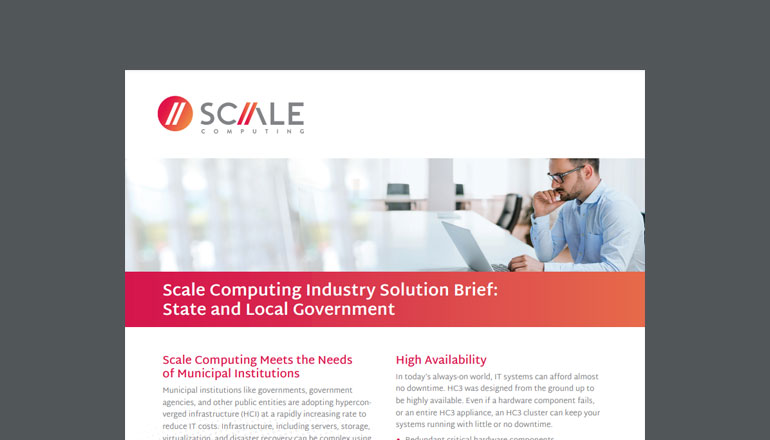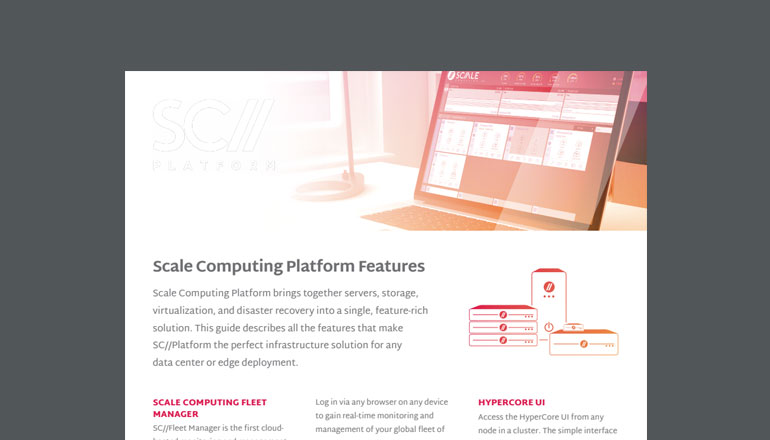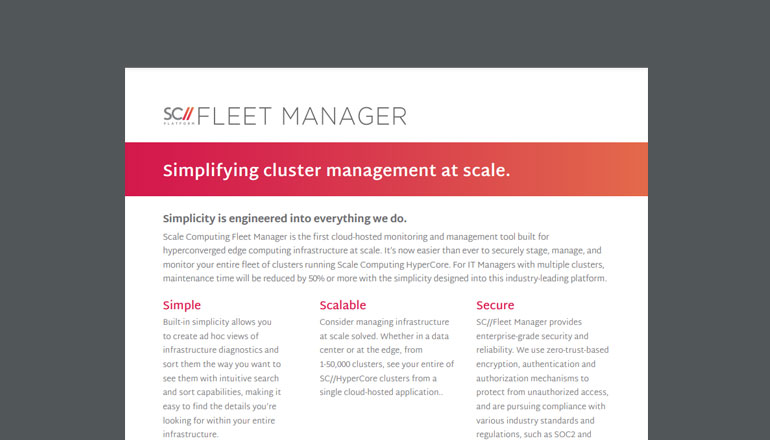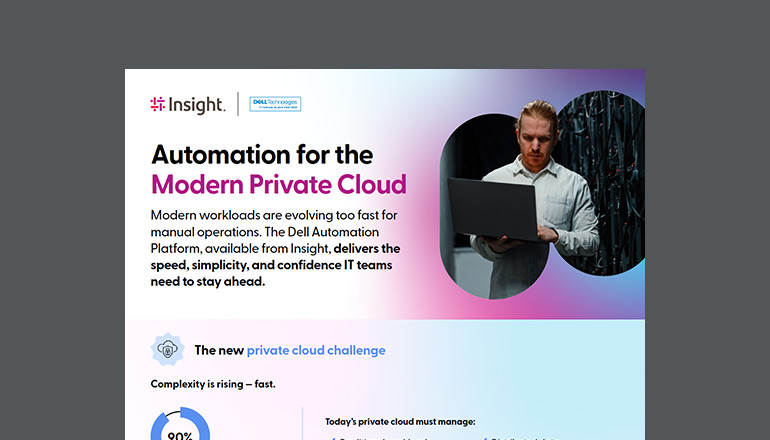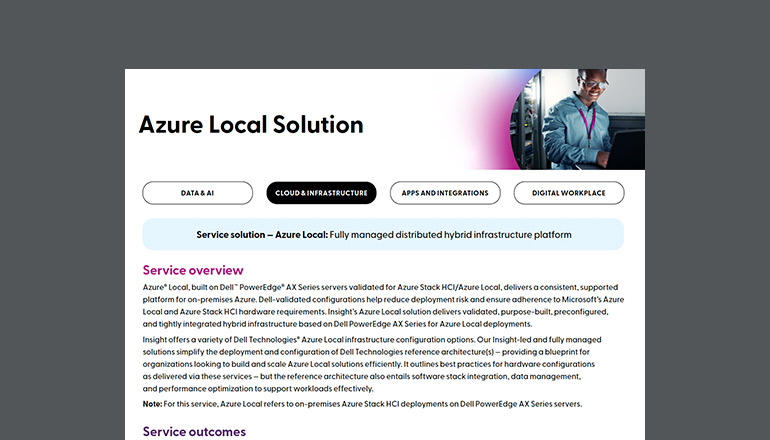Infographic text included for screen readers:
Even as you try to innovate, you don’t want to keep inventing the IT wheel – so you adopt habits and routines for efficiency. But when those habits start actually harming your bottom line instead of helping, it’s time to toss them out.
Do you recognize any of these as bad habits your organization could stand to drop?
Bad Habit #1: Accepting infrastructure TCO that’s higher than it needs to be
Your IT Infrastructure is crucial to every part of the organization. But not every IT dollar is well spent, and not every purchase avoided is actually going to save you money in the long run. Are you spending on separate resources that could be virtualized and consolidated?
How to break the habit
Think of your IT spending holistically, and not just as a list of line items. Virtualization can help you spend efficiently, scale quickly, integrate with existing solutions, and address critical security issues.
Over the past year, the total cost of ownership for IT infrastructure solutions has been increased by 13%.
Bad Habit #2: Getting stuck at converged infrastructure
You’ve probably experienced the advantages of converged infrastructure. If not, it’s likely that convergence is on your agenda. But if you consider achieving convergence as a stopping point, you’re missing out on the next stage of efficiency, and the advantages you can get from more edge infrastructure, including easier recovery and greater security.
How to break the habit
Consider your current infrastructure critically as you make every IT purchase or architecture decision. Can you virtualize legacy systems?
With hyperconverged infrastructure, every part of your IT ecosystem is more performant and flexible, leaving you ready to extend your IT with edge computing options wherever they make sense, as fast as you want to integrate them
Extend edge infrastructure with hyperconvergence
Bad Habit #3: Assuming “Cloud first” is a forever rule
The cloud has been a boon to enterprise IT. But going all in on cloud as the once and forever solution leaves you dependent on infrastructure you can’t control. And 43% of SME respondents in a recent study named cost control one of their top-five frustrations with public cloud providers. For lower latency, greater security, and a host of other reasons, you don’t want to rely on a cloud-only infrastructure. Many new technology applications already run at the edge, and that trend will continue to grow.
How to break the habit
Plan or expand your hybrid cloud strategy, so you can determine which data and which computing loads are most cost-effectively hosted on premises, and which ones are better suited for the cloud.
Top edge benefits of hyperconverged infrastructure for businesses
- 50% improved performance
- 36% increased security
- 23% easier disaster recovery
- 18% reduced IT expense
Bad Habit #4: Expecting downtime – and accepting it
Every moment of downtime is time that your employees can’t work, suppliers can’t get in touch, and customers can’t place orders or get support. Being in business means being open for business. Yet organizations suffer from an average of 28 hours of downtime in any given year – and for larger enterprises, it’s closer to 45 hours.
How to break the habit
Your infrastructure doesn’t need to experience downtime – so refuse to accept it as inevitable. Delhaize, one of the world’s largest grocers, installed a new three-node Scale Computing hyperconverged solution to virtualize a range of services and replace a complex multi-vendor infrastructure in 800 of its stores. The result? A record zero minutes of downtime to date!
- 3 downtime events in the past year for small businesses
- 4 downtime events in the past year for mid-size businesses
- 5 downtime events in the past year for enterprises
- On average, 3 hours of interrupted downtime for small businesses
- On average, 6 hours of interrupted downtime for mid-size businesses
- On average, 9 hours of interrupted downtime for enterprises
Bad Habit #5: Buying what you don’t need, and paying for what you don’t use
It’s tempting to adopt solutions that promise more than you need – but they have a downside. Overprovisioning usually means overspending in the present for what might happen in the future. As technology advances, you may be dealing with a strained budget, and with yesterday’s solutions.
How to break the habit
Demand that any infrastructure solutions you adopt can scale along with your needs. There’s no need to overprovision if you know that your infrastructure can grow with your business needs.
Break bad habits with Scale Computing
Hyperconverged infrastructure technologies, like Scale Computing’s SC//Platform, allow you to break bad IT habits and do more with less, radically simplifying IT. It might be time to start investing in technology that changes the way you think about and manage IT for a better and more efficient future for your business.


